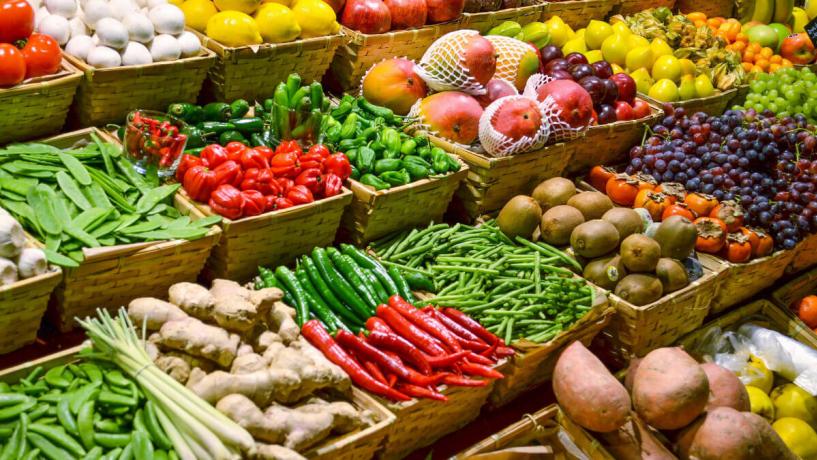
The Health Star Rating system, a voluntary structure that was initially renounced by various State, Federal, and Territorial food & health ministers in June of 2013, continues to be a difficult concept for many to swallow.
Although it was developed by credible food and beverage industry bodies, as well as consumer and public health experts in an attempt to make healthier eating habits easier to achieve in Australia, the system has quickly turned sour, stirring up a repast of controversial debate between the Australian Food and Grocery Council, the consumer group, Choice, and the leading vegetable industry body, AusVeg, who have recently announced that they are “appalled” at the flaws within the proposed system.
Disregarding the significant amount of scientific studies which link the consumption of vegetables to improved health, the Health Star Rating system suggests at least fifty percent of all fresh vegetables do not qualify for an optimal rating.
Fearing that the rating system could cause more problems than it solves when addressing health within the Australian community, AusVeg suggest that the scheme is not thorough enough. “When the vegetable industry is making statements against a health rating scheme, you know there must be something wrong.”
The Rating Order Fails To Account For Scientifically Proven Benefits of Vegetables
The scale itself works on a scale ranging from half a star, (not very nutritionally valuable) to five stars (the optimum nutritional choice), and is intended to indicate which foods are healthiest for consumers to purchase. In order to select the rating, the system considers various factors, including:
- Energy content
- Saturated fat
- Sodium
- Sugar
- Fibre
- Protein
- The percentage of the food product consisting of vegetables, fruits, legumes and nuts
However, despite these considerations, fresh produce does not automatically achieve a top score. In fact, when the proposed system was initially released in 2013, the algorithm awarded many vegetables, fruits and nuts a rating as low as three stars due to their fat and sugar content, reducing them to a level almost on par with junk-food items receiving a rating of 2.5 stars.
Although the algorithm has been reviewed since then, allowing much fresh produce to achieve a rating of at least four stars, the current system still fails to consider various important factors. Andrew White, AusVeg’s manager of parliamentary and government regulations argues that the scheme does not consider phytonutrients, despite their impact on various health disorders and conditions. Beta-carotene, for example, is capable of preventing eye-disorders, yet this component has not been recognised within the Health Star scale.
Vegetable Shunning Calls the Whole System into Question
Although there is currently a FSANZ (Food Standards Australia, New Zealand) approved statement in circulation, stating that a higher intake of vegetables and fruits can reduce the risk of an individual developing health issues like coronary heart disease, the ‘primary cause of death in Australia’, the Health Star criterion developed by FSANZ does not deem vegetables worthy of a five-star rating.
With obesity levels currently rising within Australia, many experts in nutrition believe that the lack of an automatic five-star rating on fresh vegetables to convey good health messages calls the entire system into question, and threatens its potential integrity. Many people are left to wonder if fresh, natural vegetables don’t deserve an optimum health rating, what does?




